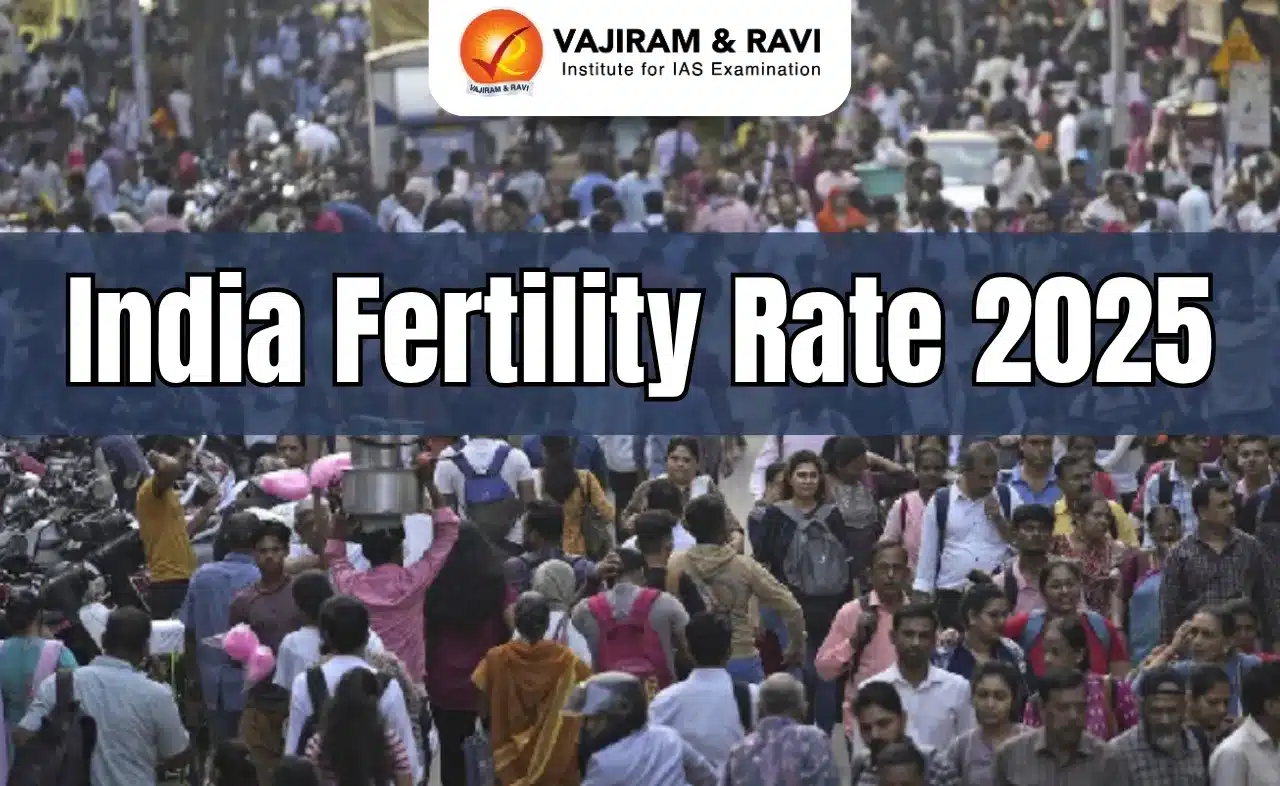What’s in today’s article?
- Why in News?
- Importance of and Challenges in Localised Forecasting
- Launch of the Weather Forecasting at the Gram Panchayat Level
- Key Features of the Weather Forecasting at the Gram Panchayat Level Initiative
- Significance of the Weather Forecasting at the Gram Panchayat Level Initiative
- Conclusion
Why in News?
- The Government of India has taken a significant step in localising weather forecasting by introducing hourly five-day weather forecasts at the Gram Panchayat level.
- This initiative aims to equip rural communities with crucial weather data to enhance agricultural activities and disaster preparedness.
Importance of and Challenges in Localised Forecasting:
- Importance:
- Localised weather forecasting plays a critical role in managing the unpredictability of weather systems, which is especially vital as climate change increases the frequency and intensity of adverse weather events.
- It offers precise data at the local level, benefitting even small communities.
- Challenges:
- While IMD has advanced forecasting at broader levels, predicting localised events like cloudbursts remains challenging.
- Currently, weather forecasting is available at district and block levels, but IMD aims to provide hyper-local forecasts down to 1 km x 1 km grids, with 3 km x 3 km grids already being tested.
Launch of the Weather Forecasting at the Gram Panchayat Level:
- About the initiative:
- The initiative, formally launched by the Ministry of Panchayati Raj, is a collaborative effort between –
- The Ministry of Panchayati Raj,
- India Meteorological Department (IMD), and
- The Ministry of Earth Sciences.
- The initiative, formally launched by the Ministry of Panchayati Raj, is a collaborative effort between –
- Objective:
- The primary goal is to empower rural communities, helping them become more resilient to climate challenges and better prepared for natural disasters.
- The initiative promotes sustainable agricultural practices at the grassroots level.
Key Features of the Weather Forecasting at the Gram Panchayat Level Initiative:
- What will be forecasted?
- The localised weather forecasts will provide real-time hourly updates on:
- Temperature
- Wind speed and direction
- Cloud cover
- Rainfall
- Relative humidity
- In addition, five-day forecasts will give minimum and maximum temperatures, rainfall, cloud cover, and wind data.
- The localised weather forecasts will provide real-time hourly updates on:
- Platforms for forecasts:
- The forecasts will be accessible via the e-GramSwaraj and Gram Manchitra portals, as well as the Meri Panchayat app.
- These platforms provide vital weather data to support rural decision-making.
- Training for panchayat representatives:
- The Panchayati Raj Ministry is organising a workshop for more than 200 representatives from Panchayati Raj institutions.
- The workshop will equip them with the skills to use weather forecasting tools effectively, enabling them to make informed decisions that enhance climate resilience in their communities.
Significance of the Weather Forecasting at the Gram Panchayat Level Initiative:
- Benefits to farmers and rural communities:
- The forecasts directly aid farmers by allowing them to plan agricultural activities like sowing, irrigation, and harvesting more effectively.
- Micro forecasts are particularly important in rural areas due to the growing unpredictability of weather patterns caused by climate change.
- Disaster preparedness: The Panchayati Raj Ministry emphasised the role of these forecasts in safeguarding agricultural livelihoods, helping rural communities prepare for natural disasters, and boosting climate resilience.
Conclusion:
- The launch of localised weather forecasting at the Gram Panchayat level marks a transformative step in empowering rural communities, improving agricultural outcomes, and enhancing disaster preparedness.
- As IMD continues to refine its capabilities, this initiative is set to play a critical role in adapting to climate-induced changes.
Q.1. What is e-GramSwaraj?
eGramSwaraj is a web-based application that aims to improve e-governance and transparency in Panchayati Raj Institutions (PRIs) across India. It was launched by the Ministry of Panchayati Raj (MoPR) on April 24, 2020.
Q.2. How localised weather forecasting empowers rural communities?
Localised weather forecasting empowers rural communities by providing them with real-time, highly specific weather information tailored to their geographical area. This capability offers numerous benefits, particularly for farmers and other residents who rely on accurate weather predictions to make crucial decisions.
News: Government launches Gram panchayat-level weather forecasting to make villages ‘climate resilient’ | PIB | IE
Last updated on June, 2025
→ UPSC Notification 2025 was released on 22nd January 2025.
→ UPSC Prelims Result 2025 will be out soon for the CSE held on 25 May 2025.
→ UPSC Prelims Question Paper 2025 and Unofficial Prelims Answer Key 2025 are available now.
→ UPSC Calendar 2026 is released on 15th May, 2025.
→ The UPSC Vacancy 2025 were released 1129, out of which 979 were for UPSC CSE and remaining 150 are for UPSC IFoS.
→ UPSC Mains 2025 will be conducted on 22nd August 2025.
→ UPSC Prelims 2026 will be conducted on 24th May, 2026 & UPSC Mains 2026 will be conducted on 21st August 2026.
→ The UPSC Selection Process is of 3 stages-Prelims, Mains and Interview.
→ UPSC Result 2024 is released with latest UPSC Marksheet 2024. Check Now!
→ UPSC Toppers List 2024 is released now. Shakti Dubey is UPSC AIR 1 2024 Topper.
→ Also check Best IAS Coaching in Delhi






















